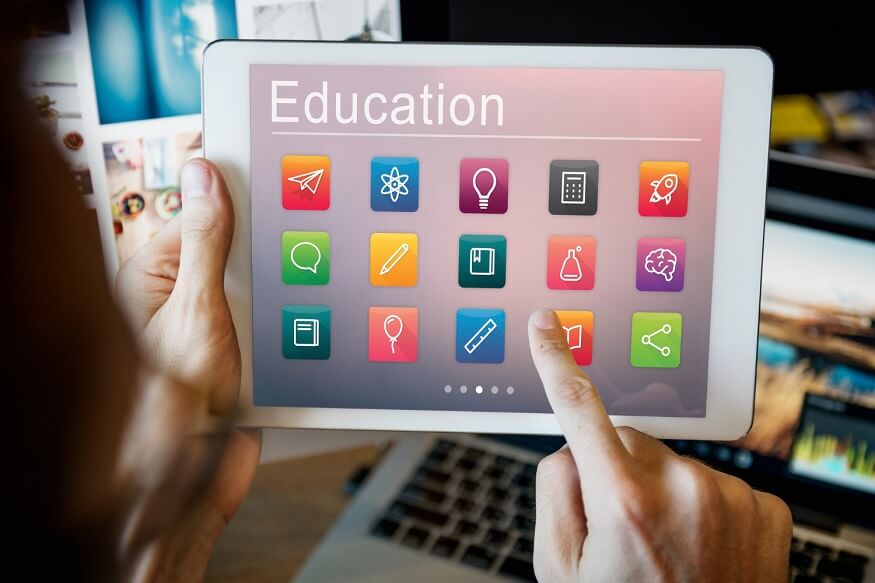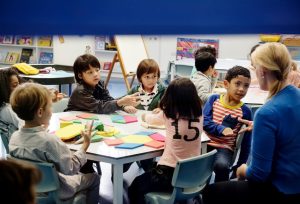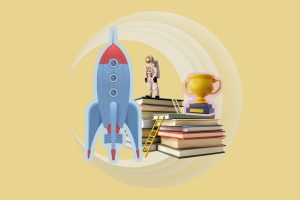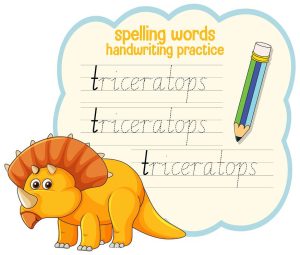The Impact of Digital Revolution on Education

Living in the Digital Age is a wondrous thing. In almost every aspect of our daily lives, technology and innovation enables us to do things in a more efficient manner, with better quality outcomes. With each new invention, life as we know it changes for the better.
One of the areas that has been radically transformed by technology and innovation is the field of education. The one-dimensional, teacher-centric blackboard system has given way to a digital learning environment that encourages students to engage deeply with the learning process. In this blog, we explore how digital learning is impacting the education system – the positive impact it is creating, as well as some of the disadvantages of which parents should be aware.
Digital Learning in Indian Classrooms Today
There is widespread agreement within the education sector about the benefits of technology in education. The impact of technology on education is perhaps most apparent in the way it has helped teaching methodologies evolve. Today, teachers are able to use technology to track and evaluate how each child within a classroom is learning – identifying their strengths and areas that need improvement. More importantly, technology makes it possible for teachers to customise learning experiences for different learning styles, so that every child within the classroom has an enhanced learning experience.
When students have access to engaging educational experiences, their learning journeys become more enriching. Virtual Reality (VR), Augmented Reality (AR) and gamification have transformed classrooms from boring, mundane rooms into inspiring spaces with limitless possibilities and opportunities.
Many schools and educational institutions – especially those in cities and metropolises – have transitioned to integrating some amount of digital learning within their classrooms and curriculums. However, this is still at a nascent stage, as not all institutions are able to pivot their infrastructure and curriculums with agility.
The Positive Impact of the Digital Revolution
Personalised learning
Every class has a combination of students of different academic calibres and learning styles. Technology helps to level the playing field by customising the same content to suit different learning styles. A smart board helps visual learners understand complex concepts and theorems, while interactive quizzes and debates help auditory learners recall knowledge in a fun and interesting way. Personalised learning gives students the opportunity to explore a subject in depth, paving the way for innovative thinking. Learning is no longer about classroom questions and answers, but about intellectual awakening and the igniting of young minds.
Globalisation of the Classroom
Access to any course is no longer limited by geography – the world wide web has expanded horizons for young learners. Internet connectivity has opened a gateway to Massive Open Online Courses (MOOCs) by renowned universities across the globe. Online discussion forums now allow students from various countries to exchange ideas and points of view, which in turn help shape their own perspectives.
Collaborative Learning
Collaboration is one of the key identified life skills that young people will need in tomorrow’s world. Technology today is enabling students to work together more synergistically. Students have a range of digital tools at their disposal that not only makes it easier to collaborate, but also provides the opportunities to improve the quality of outputs. Traditional charts, artwork and typewritten assignments have been upgraded to slick PowerPoint presentations, audio-video presentations and even animated videos. Technology has allowed children to unleash their creativity in imagining and reimagining how they want to present school assignments. At the same time, it helps to build their digital fluency, as well as hone their problem-solving skills as they navigate new platforms and technologies.
Some Disadvantages of the Digital Revolution
Cyberbullying:
Interactions between children and teens have increasingly moved off playgrounds into the online realm. This includes the more unpleasant interactions as well – playground bullying has shifted into the digital space. However, it is far more dangerous, as it is almost invisible. Children who are bullied online often do not inform their parents or teachers about what is happening to them online, and the problem persists unaddressed. Therefore, it is advisable for parents to engage in conversations about online safety and precautions with their children at frequent intervals. Sharing information about cyberbullying, and how to report it will also be extremely useful.
Reliability of Resources:
While the world wide web has enabled access to unlimited sources of information, there are very few checks and balances in place to identify the source of that content. Students need to be taught that everything they read or see online may not always be true. They must learn to think critically when they source information online, and should have the knowledge and skills to be able to distinguish between reliable sources and misinformation.
Over-reliance on Technology
The ease of finding information online with just a few clicks is extremely handy, but relying heavily on digital tools and platforms is also unwise. Traditional methods of research and problem-solving help develop problem-solving skills and critical thinking in students. Over-reliance on technology can also hamper the development of social interaction skills and empathy in children, hampering their holistic growth.
The digital revolution is helping to make learning a more enriching experience for young children, and in turn, building a generation of lifelong learners. With support from parents and teachers, children can strike a balance between optimising digital learning and the benefits of face-to-face learning, culminating in holistic growth and development.
We at Billabong High International School believe in the benefits of technology in education, while also valuing the deep connections and lifelong memories a traditional approach to education can provide. This is why our curriculum is designed to integrate digital learning into everyday classroom activities to provide each child with meaningful learning experiences. To learn more about our curriculum, visit our website, or contact our admissions office today.








